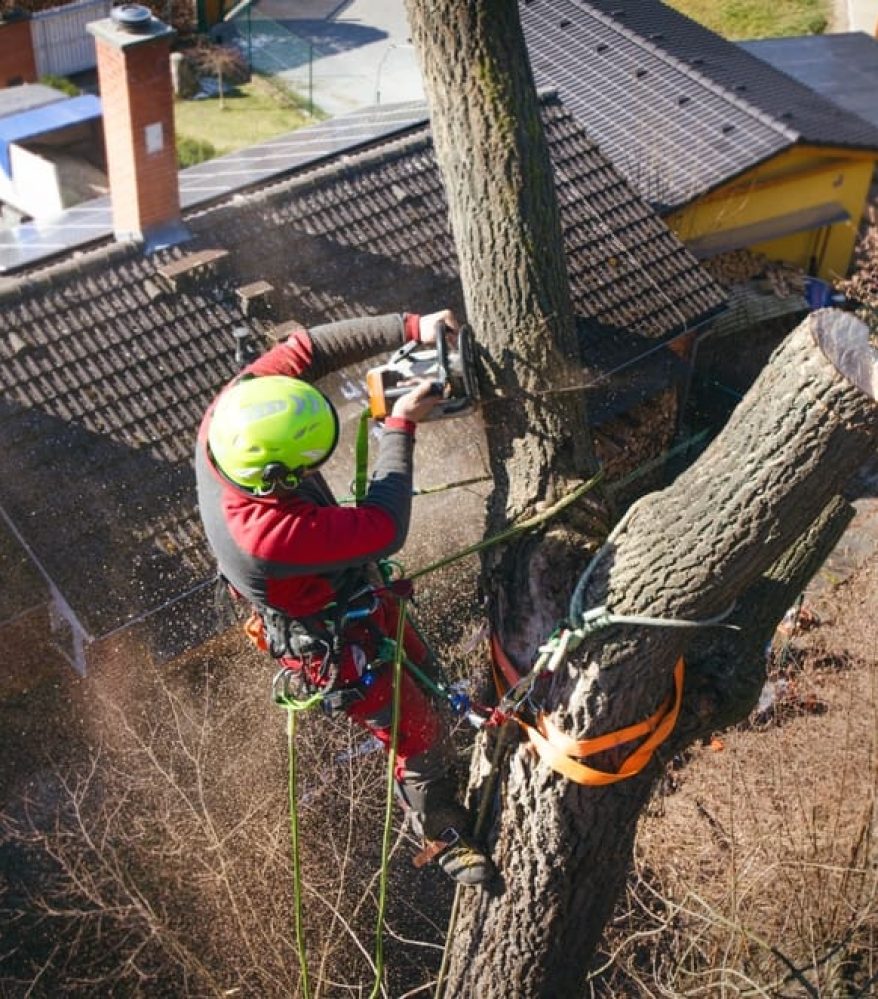Knoxville, TN gets hit with severe storms and often suffers the aftereffects of hurricanes. Storms not only break branches off of trees, but they also kill trees. Here are some of the ways storm damage can kill a tree.
Lightning
During severe storms, tall trees act as lightning rods. When lightning hits a tree, one of two things may happen. If the lightning bolt is strong, the sap inside the tree will boil, causing the cells of the tree to explode. This can immediately kill a tree. If the lightning bolt is weaker, the tree may survive at first. However, the tree will have been weakened and will eventually die from disease or pests.
After a storm, check to see if there are cracks in the trunk of your tree. You may also notice blackened burn areas beneath the bark. If your tree has been killed in a storm, you’ll need to schedule tree removal services immediately.
Wind
Some severe storms come with strong winds, and these strong winds can literally uproot your trees, pushing them over. This phenomenon is called “wind throw,” and it usually happens to taller trees or those that aren’t anchored very well.
Sometimes, an older tree or a tree that isn’t well maintained can simply snap at the trunk under the weight of strong winds. Some trees are not consistently strong from top to bottom, and they will snap at their weakest point. In cases like these, the tree can no longer be salvaged, and you will need to remove the tree immediately.
If you have a tree in your yard that is leaning to one side, a storm may finish it off. A tree that’s leaning unnaturally means that its roots are not supporting it well enough. This also suggests the tree isn’t very stable. A strong wind can easily kill it.
Heavy Rain
A severe storm may bring flooding, which can be detrimental to trees. Roots need oxygen to survive, and a tree that’s saturated will have its air supply blocked off. As a result, its root system will die from suffocation. If the area around your tree has been flooded, your tree can die within a few days.
If this should happen, there are some signs to look out for. You’ll see a change of color in the leaves. They’ll turn yellow or brown. You’ll also notice water sprouts forming in the crown of the tree. Not every tree will be damaged or killed by floods. There are certain species that are more prone to dying after a flood than others. Shelton’s Tree Service can help you identify these species of trees.
We can also help with a variety of other tree services, such as stump grinding, storm prep, storm cleanup, and emergency tree services. Contact us at Shelton’s Tree Service to learn more.





